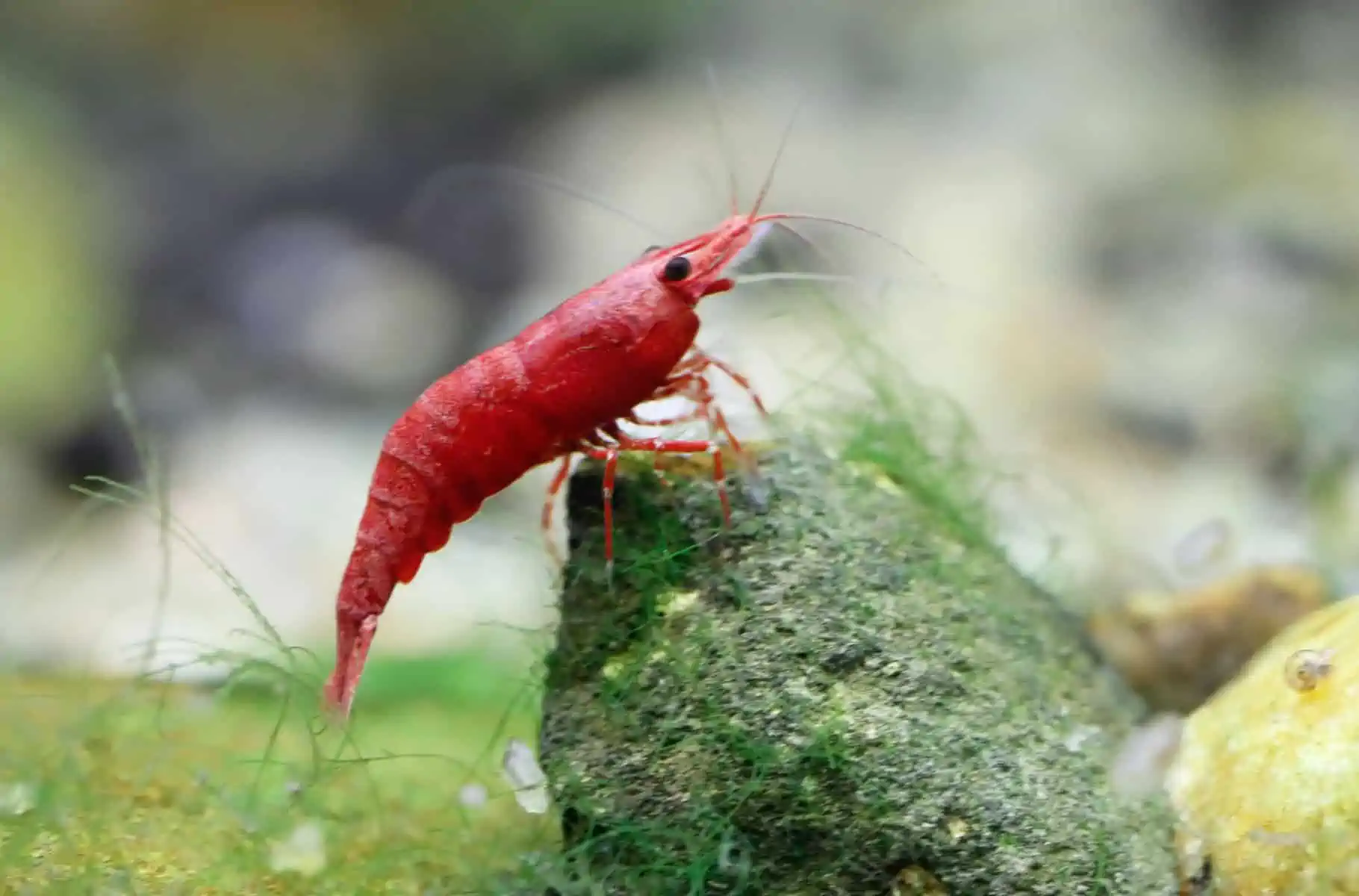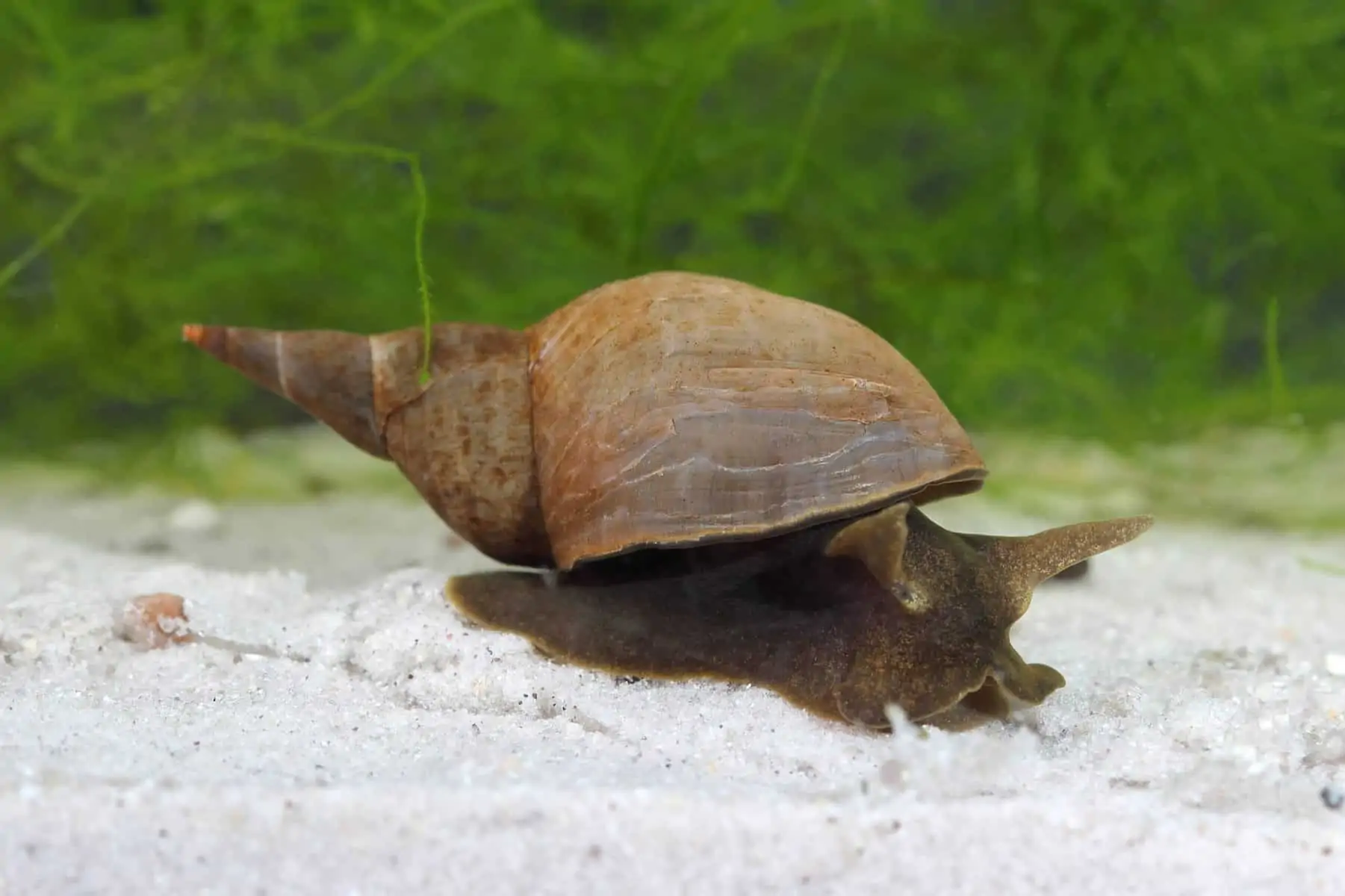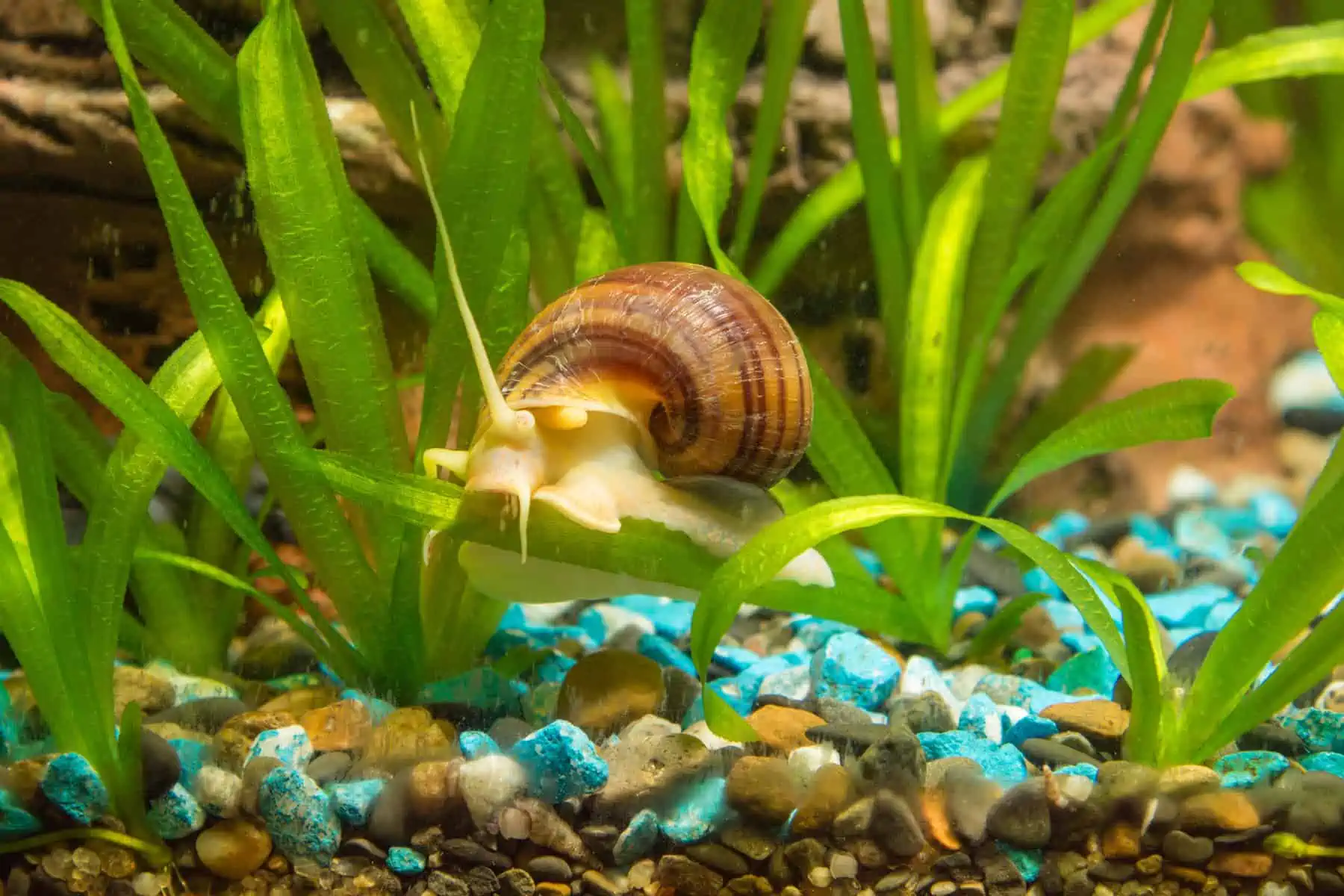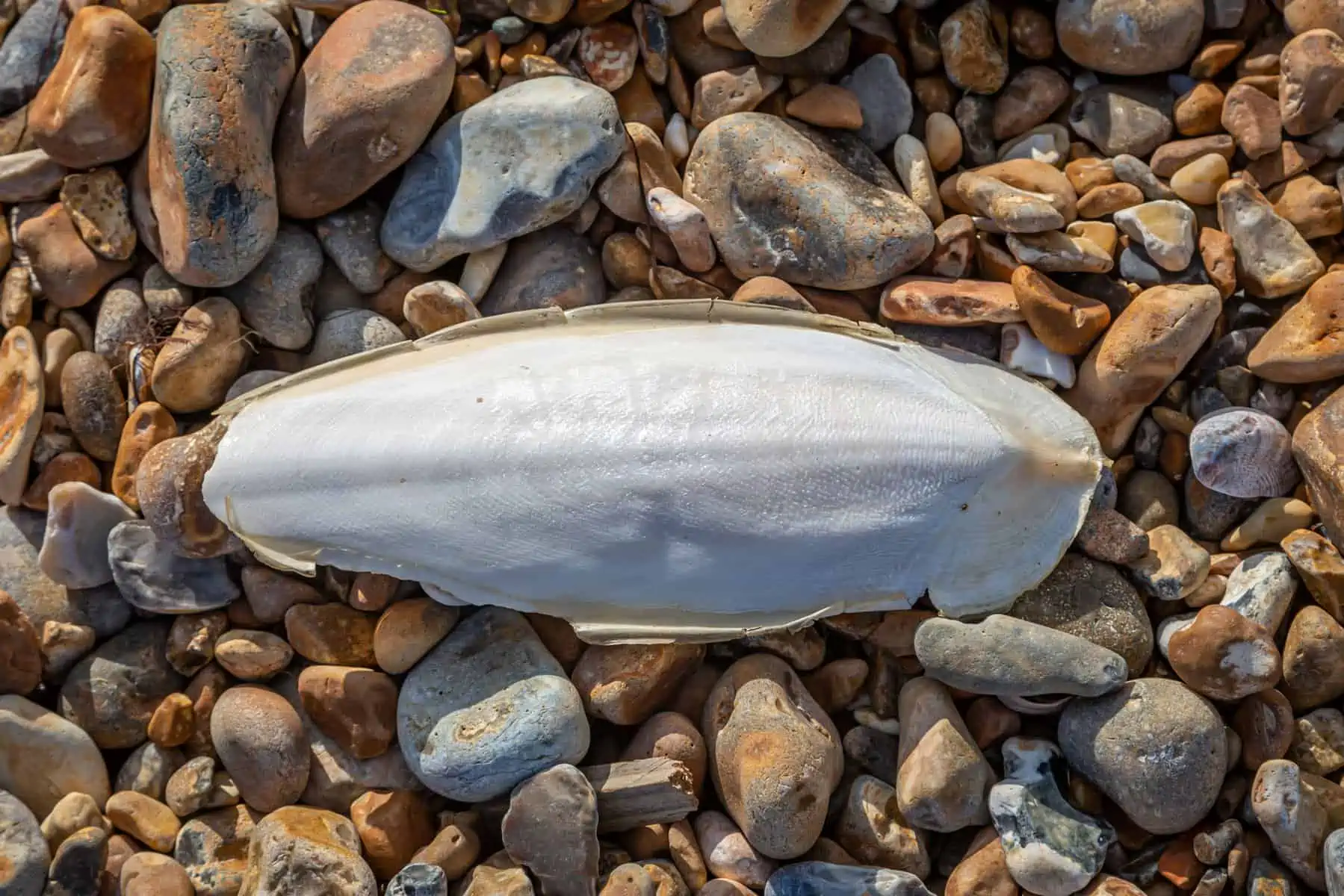You might have heard that putting cuttlebone in an aquarium can be beneficial to certain sea creatures, but not so beneficial to others. It’s a slightly complicated matter, so depending on the type of fish or other inhabitants in your tank, you may be wondering – should I add a cuttlebone or not?
In this short guide, you’ll learn everything you need to know about the use of a cuttlebone in your tank – what the benefits are and how it can be detrimental to some of your fish. Read carefully and use cuttlebones with caution!
Can I Put Cuttlebone in My Aquarium?
In short, it depends. If your water chemistry (GH/KH) is at the appropriate level, and your pH is above 7.8 it isn’t necessary. If you’re also doing frequent water changes, you won’t need it either.
It also depends on the inhabitants of your tank, so for purposes of this article, we will mostly be discussing shrimp and snails – two creatures that need both a neutral / slightly alkaline pH and that benefit from higher levels of calcium in the tank.
The cuttlebone is a source of calcium bicarbonate. When added to an aquarium with a water pH level of less than 7.8, it will begin to dissolve and break down into calcium and carbonate components.
Okay, I might be getting a little science-y on you now, so just to keep it simple:
- Calcium – raises the water’s GH
- Carbonate – Raises the KH (carbonate hardness) – impacting pH levels.
When added to a tank with low pH levels, cuttlebone will dissolve quickly, liquefying more quickly depending on the lower pH of the water. Once the water’s pH reaches 7.8, it stops dissolving.
One key example of this in nature is a coral reel. Coral, much like cuttlebone, is made up of calcium carbonate, so it doesn’t dissolve in the ocean as the pH in its natural habitat sits at around 8.0 – 8.3.
Can You Put Cuttlebone in Shrimp Tanks?

As cuttlebone is made up of around 85% calcium carbonate, this makes it a great supply of calcium to add to a tank of shrimp.
So, if you’re a shrimp keeper who wants to keep their pets healthy, perhaps consider adding a cuttlebone to your aquarium.
The benefits of added calcium for your shrimp are plentiful: it helps shrimp to grow, produce healthy eggs and offspring, and helps to strengthen their shells.
As a bonus, it’s a cheap alternative to any calcium additives you can buy powdered and packaged!
Do Snails Need Cuttlebones?

In short – no. But it can be hugely beneficial!
Now don’t get confused – while many assume that adding cuttlebone to your tank is a fast and convenient way to dissolve calcium into the aquarium water, once the pH levels hit 7.8, it will stop dissolving.
It’s beneficial to snails in more ways than just through calcium dispersion, though, so let’s take a look at how it can be a help to have it in your tank!
Why Do Snails Need Cuttlebone?
Keeps them Busy
Cuttlebone is a larger, natural source of calcium with a rough texture, not only making it great as a source of calcium in your snail’s tank but something for them to enjoy and explore – much like any other ornament you could add.
Interactive decor with health benefits? Umm yes, please! – Think of it as the snail equivalent of an orthopedic mattress or something.
Save Time and Money
Crumbled cuttlebone and other powdered calcium supplements typically dissolve very quickly in your aquarium’s water. However, a whole cuttlebone can last quite a while! This means you don’t need to worry about changing it out too often, and it’s cheap too.
You can easily find them in your local pet store, where they won’t break the bank, but can provide for your snails for multiple months.
Best Source of Calcium
As humans, we have used cuttlebones for many health benefits over the years, and those benefits don’t just stop at us – cuttlebones can also be great for your snail friends.
They’re actually one of the most excellent sources of calcium with an 85% calcium carbonate makeup!
Provide Continuous Mineral Cations
When added into an aquarium such as a snail tank, a cuttlebone will slowly dissolve and release these minerals into the water to battle oxidative stress in your aquarium snails and some fish.

Magnesium, sodium, and multiple other minerals are also contained in cuttlebone, which provides the aquarium with cations and electrolytes – both highly beneficial to the health of your pets.
How Long Do You Leave Cuttlebone in the Tank?

Cuttlebones shouldn’t be left in the tank indefinitely, however, depending on the form added and how long it should be left in the tank.
If you add a whole cuttlebone to a 10-gallon tank, this should be replaced once every 3-4 weeks.
An alternative way of adding it to your aquarium is by crumbling and crushing it up for it to quickly dissolve in the water.
Obviously, you don’t need to do this on a daily basis but pay attention to the dGH and pH levels in your tank so you can judge when it may be beneficial to add some crushed cuttlebone.
How Much Cuttlebone Is Too Much?
Of course, you don’t want to add too much cuttlebone either.
For this reason, you could either add the whole of the cuttlebone so that it dissolves slowly, or crush it up and add ? of the cuttlebone so that it can be absorbed in the water more quickly.
(Crushing up the whole of the bone and adding it in all at once would be far too much.)
In conclusion, if you have a tank of shrimp or snails that may benefit from added calcium carbonate, it may be a good idea to add cuttlebone (whole or crushed) to your aquarium.
As with anything, if you’re unsure, be certain to check with a professional before making any changes to your tank, in order to ensure that all of your pets are kept happy and healthy.


